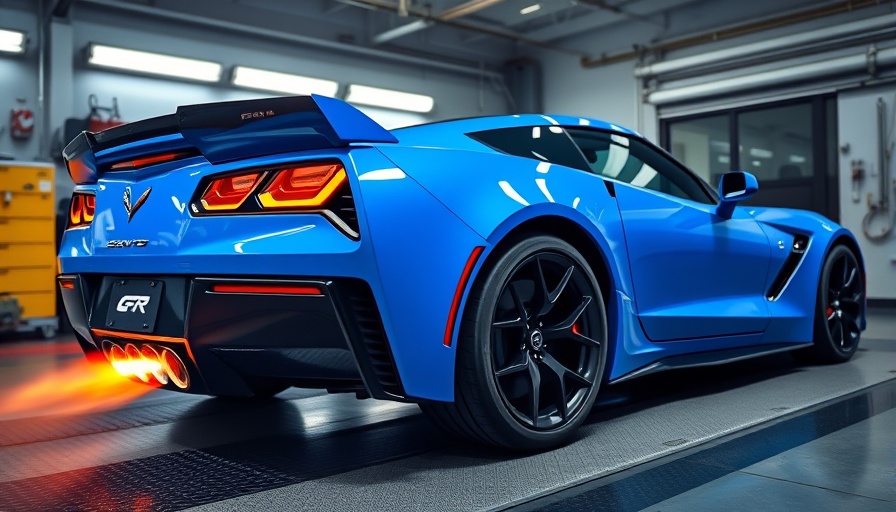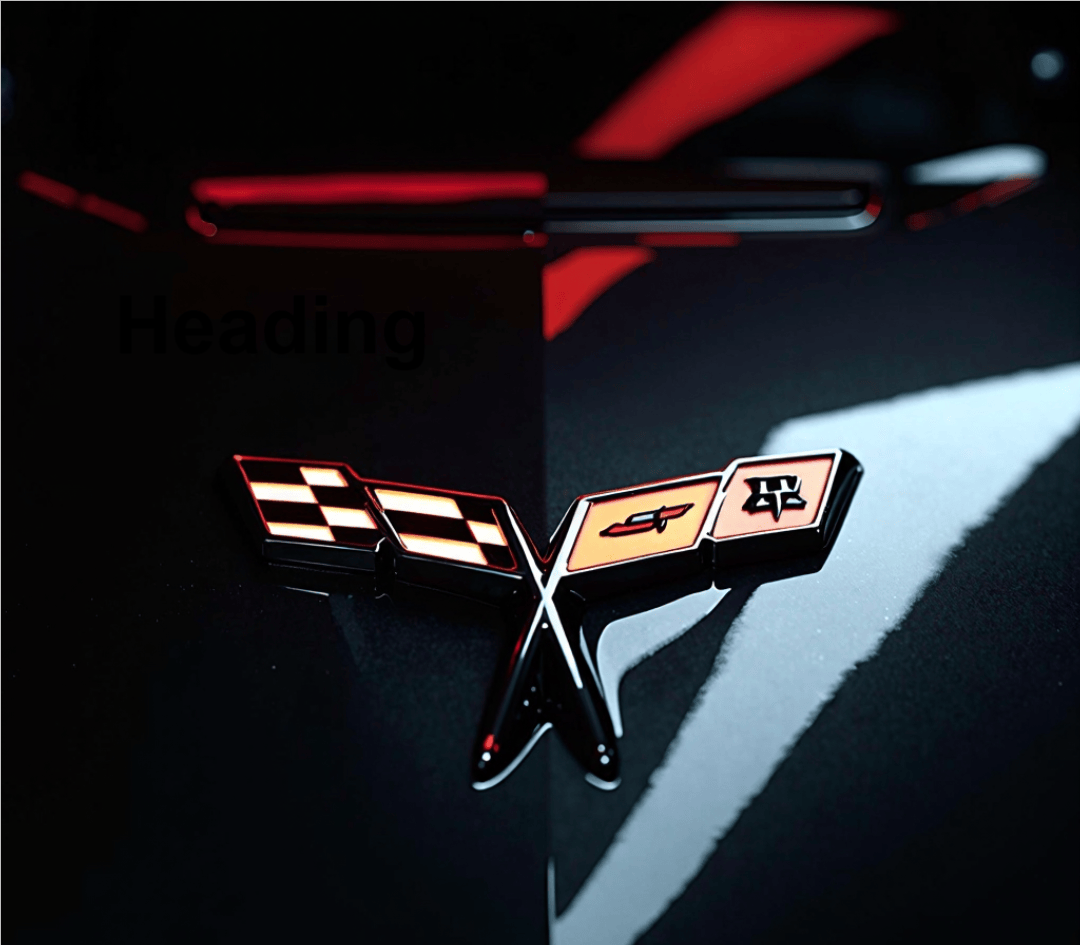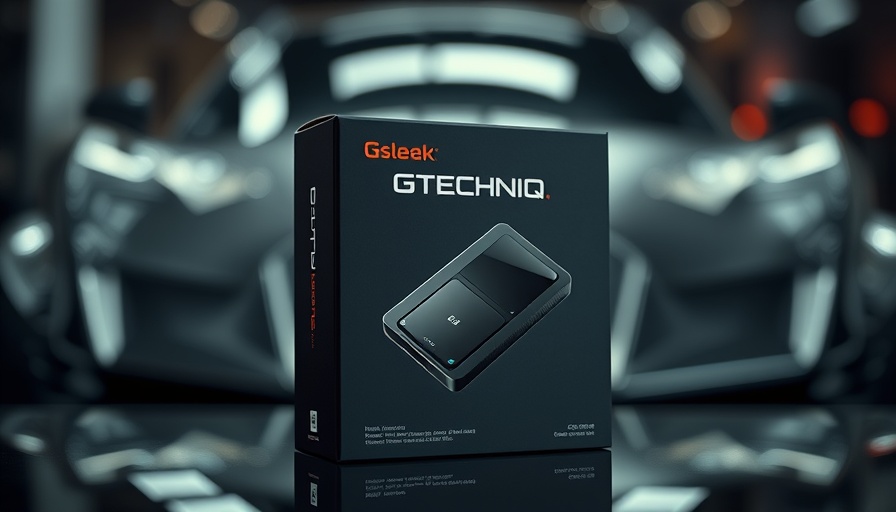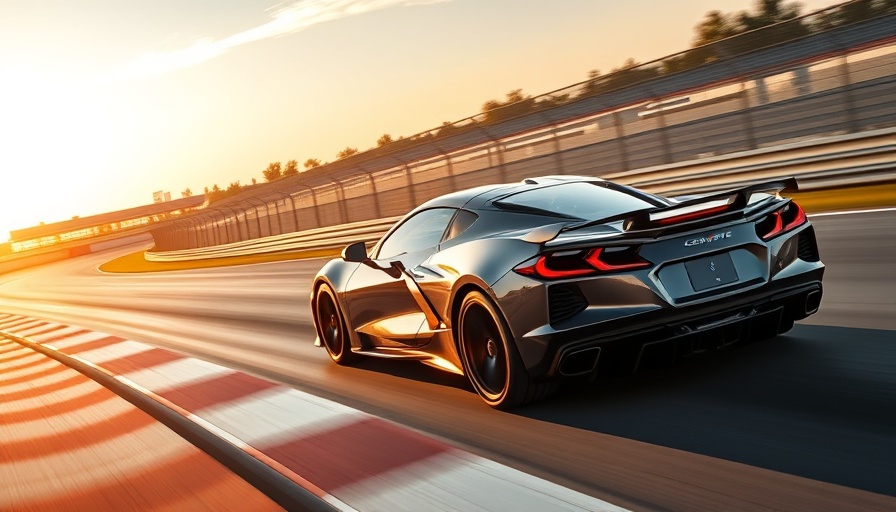
GM's Surprising Power Ratings: What Do They Mean for the ZR1?
The revelation that the 2025 Corvette ZR1's rear-wheel power output could exceed GM's advertised figures has sparked heated discussions among car enthusiasts. Paragon Performance's dyno testing showcased a staggering 1,028.60 horsepower to the rear wheels, raising eyebrows over GM's stated crank horsepower of 1,064.
Many speculate that the manufacturer may have generally understated the horsepower to manage expectations and ensure reliability. By adjusting their figures, they could provide a safety net for performance enthusiasts when it comes to potential mechanical failures or resale values.
Community Reaction: A Wave of Support and Skepticism
The online car community has responded in enthusiastic support of the ZR1's impressive dyno results, as evidenced by the virality of Paragon's Facebook post featuring the dyno video. With over 31,000 views, many comments reflect an overwhelming admiration for the Corvette's performance capabilities.
Comments like, "Over 1000 horsepower to the rear wheels from the factory…. in a CORVETTE! Insane!" exemplify the excitement surrounding the ZR1. Yet, not all voices echo this enthusiasm; some skeptics question the integrity and consistency of the measurements. As dyno tests can be influenced by various factors, a degree of scrutiny remains present among the enthusiasts.
The Technical Details: Understanding Horsepower Adjustments
When contrasting GM's claimed performance specs with the dyno results, we see an estimated increase of 112 hp and 132 lb-ft of torque over what GM publishes. With the adjusted figures demonstrating potential performance exceeding GM's estimates, car fans now find themselves caught in a tug-of-war between excitement and skepticism.
This disparity raises questions about GM's transparency and the accuracy of power ratings. How much do manufacturers rely on optimistic figures to sell vehicles while keeping more performance inclined buyers adequately satisfied?
Competitive Landscape and Future Predictions
The landscape of high-performance sports cars is evolving quickly, with competitive brands constantly working toward capturing more discerning buyers. Ford's Mustang and Porsche's lineup represent significant competition for Chevrolet in the more luxury-oriented performance category. As brands race to outdo each other, the ZR1 stands out as not just a vehicle, but a statement in performance capability.
In a market where word-of-mouth and social media quickly shape public perception, GM's handling of the Corvette's power figures may impact future releases. Buyers, possibly feeling boosted by the less-cautious power reports, might develop heightened expectations for future models or upcoming variants like the Corvette ZR1X.
The Value of Knowing Performance Numbers
For automotive enthusiasts, knowing the precise performance metrics of their vehicles significantly enhances their connection with the brand. When the specs align with the reality of on-road performance, the trust in the manufacturer solidifies.
Dealers and manufacturers alike benefit from transparency regarding horsepower. This consciousness propels informed decisions among buyers and supports brand loyalty, as customers feel they are getting what they are promised. Enthusiasts seeking new models will gravitate toward dealers offering accurate insights into performance.
What Comes Next? Expectations and Influence on the Market
As the excitement around the ZR1 builds, the potential ramifications on the Chevrolet brand could be profound. However, consumers should tread carefully, as inflated expectations can lead to disappointment if future models do not meet hodged market expectations.
In the evolving performance sector, awareness of market reactions, power discrepancies, and true horsepower will significantly shape the experience of owning a Chevrolet Corvette. Car enthusiasts should stay tuned for developments as more testing emerges and provide feedback to dealerships and GM regarding what they truly want from their vehicles.
 Add Row
Add Row  Add
Add 




 Add Row
Add Row  Add
Add 

Write A Comment